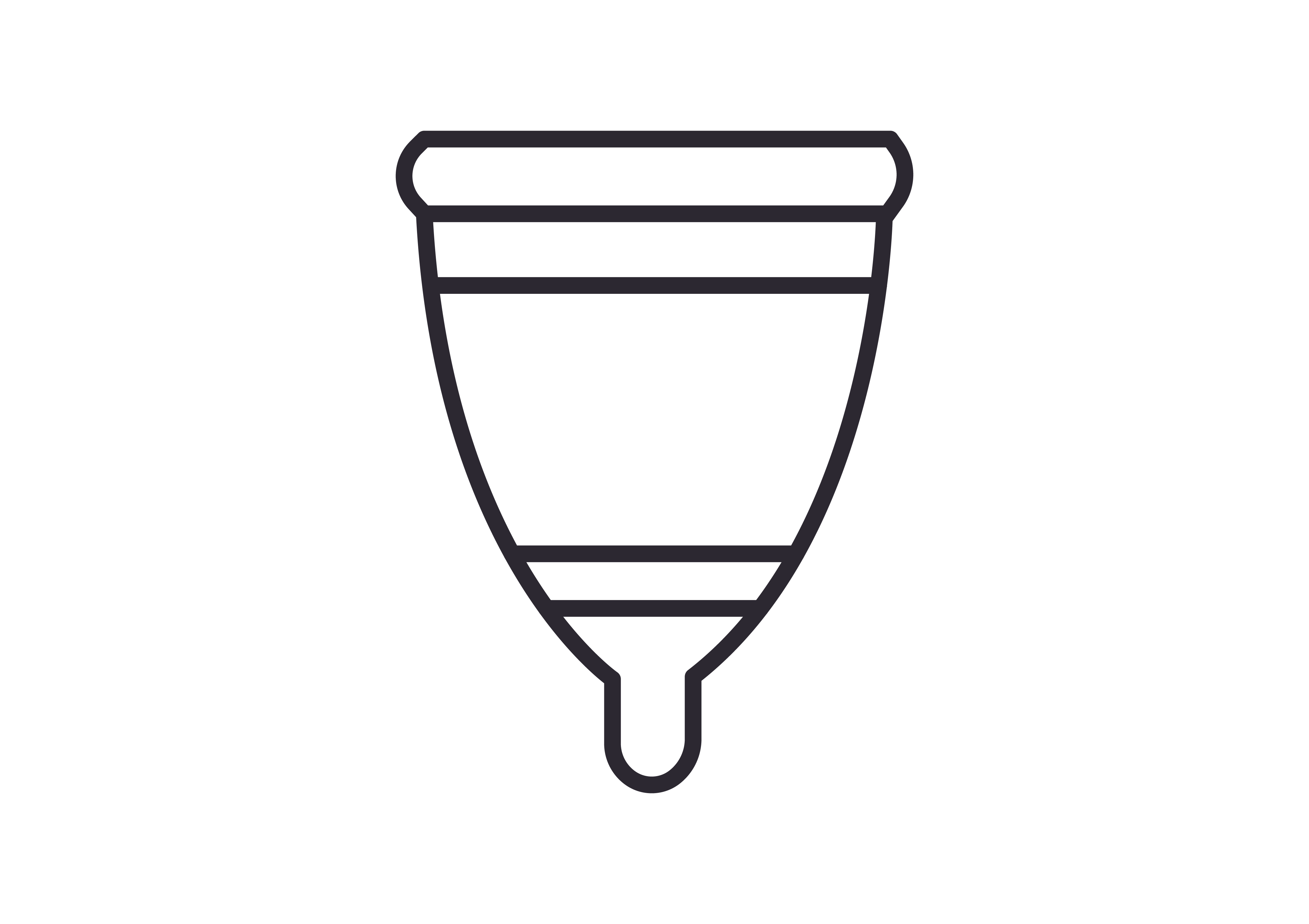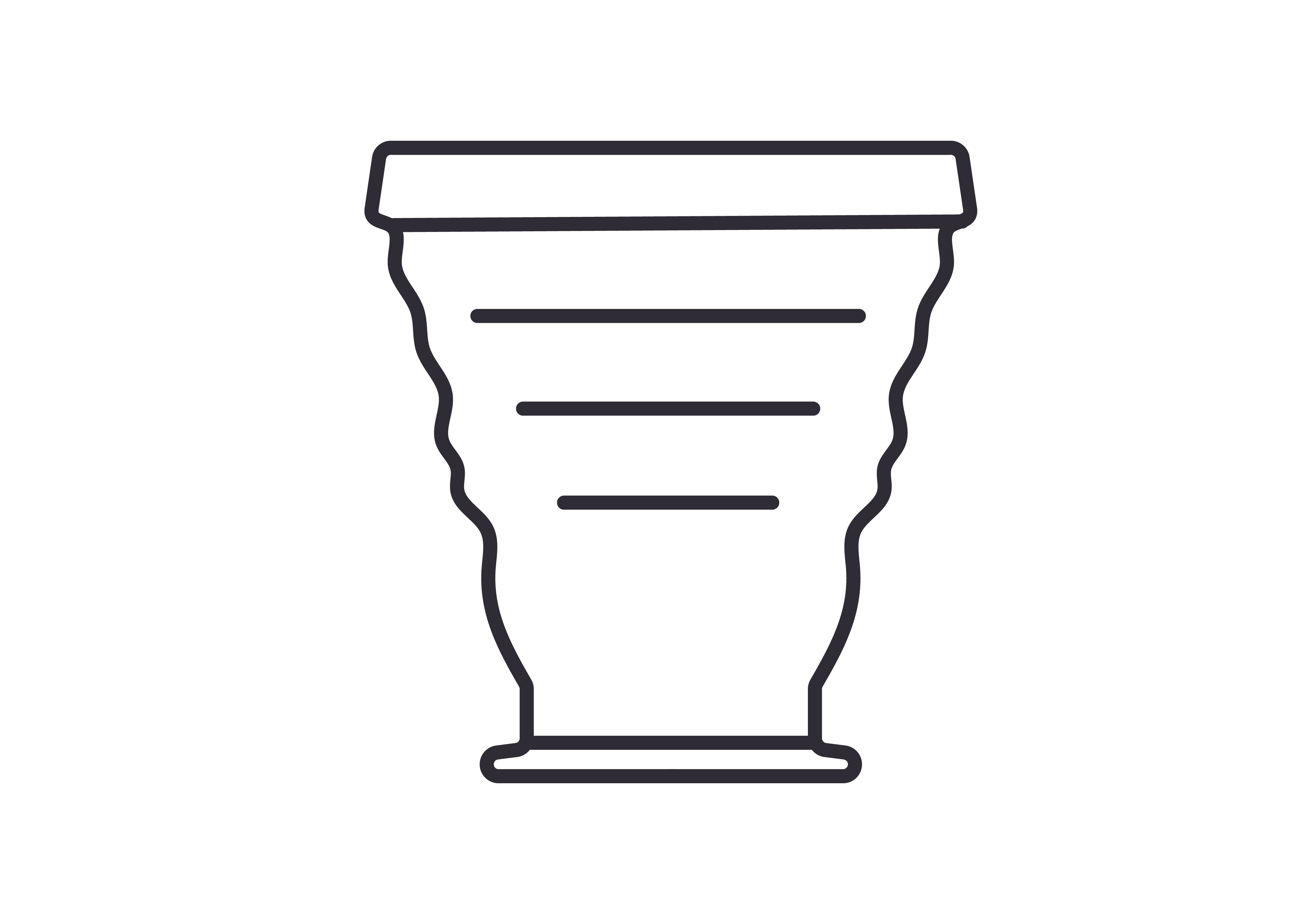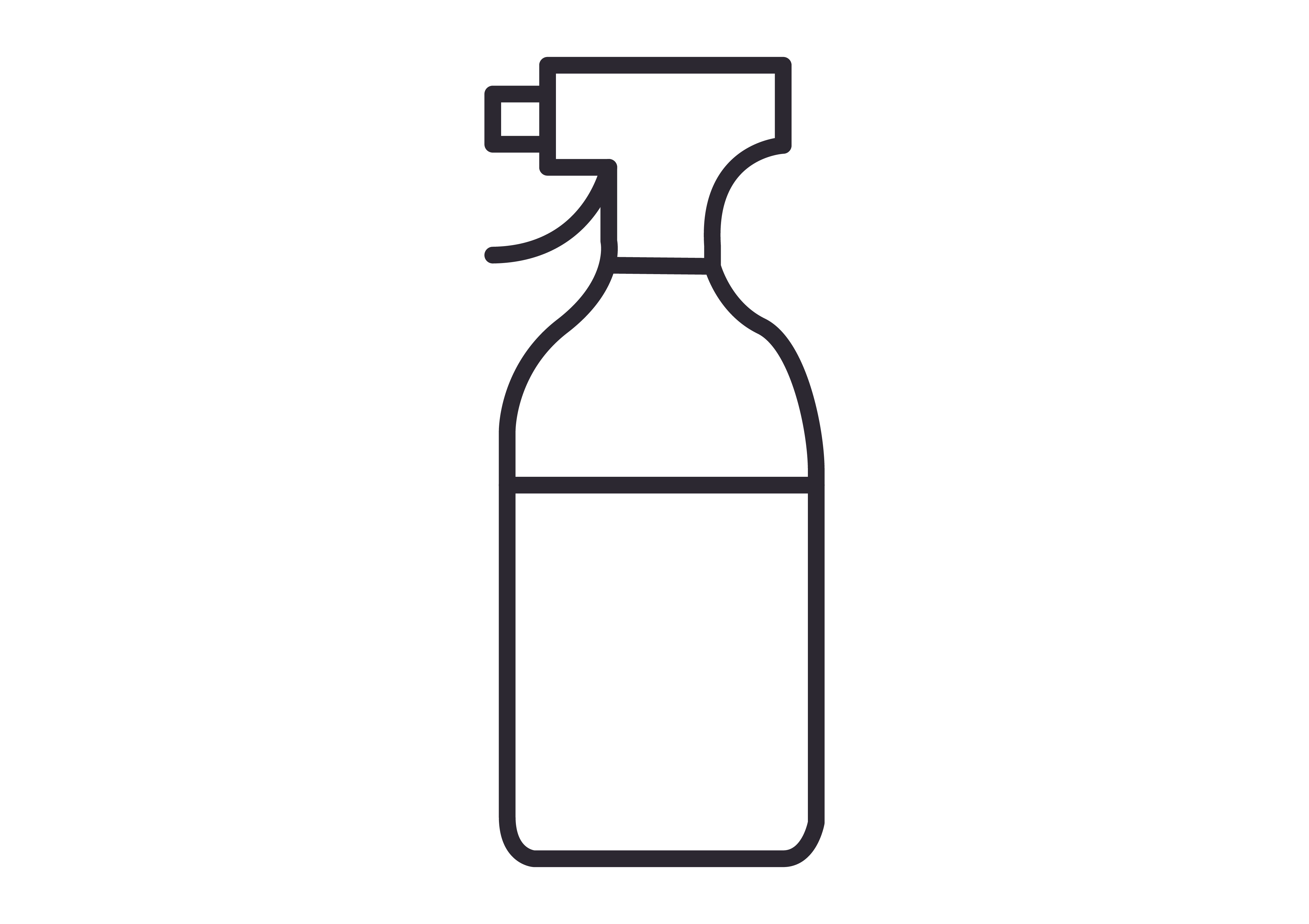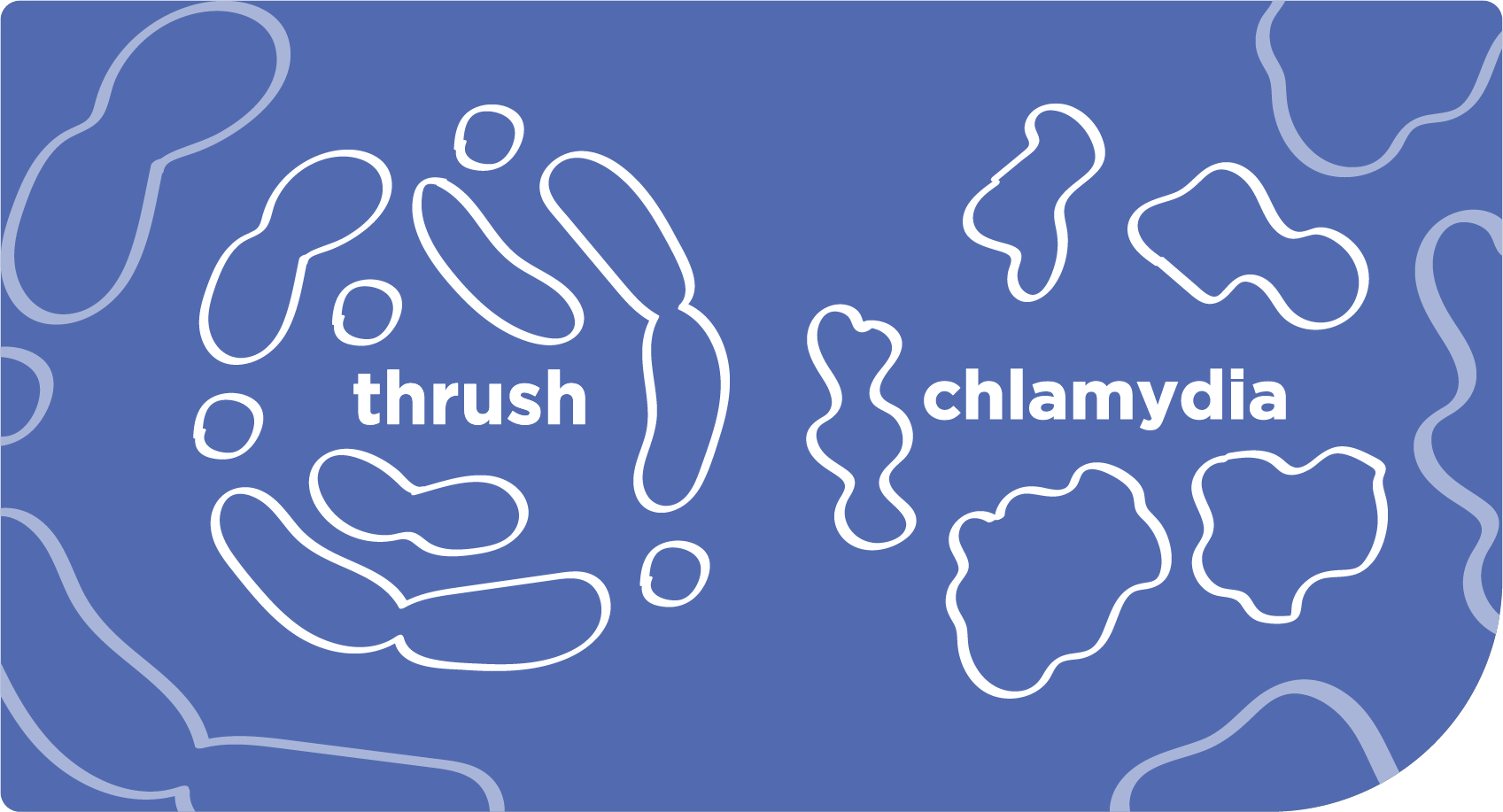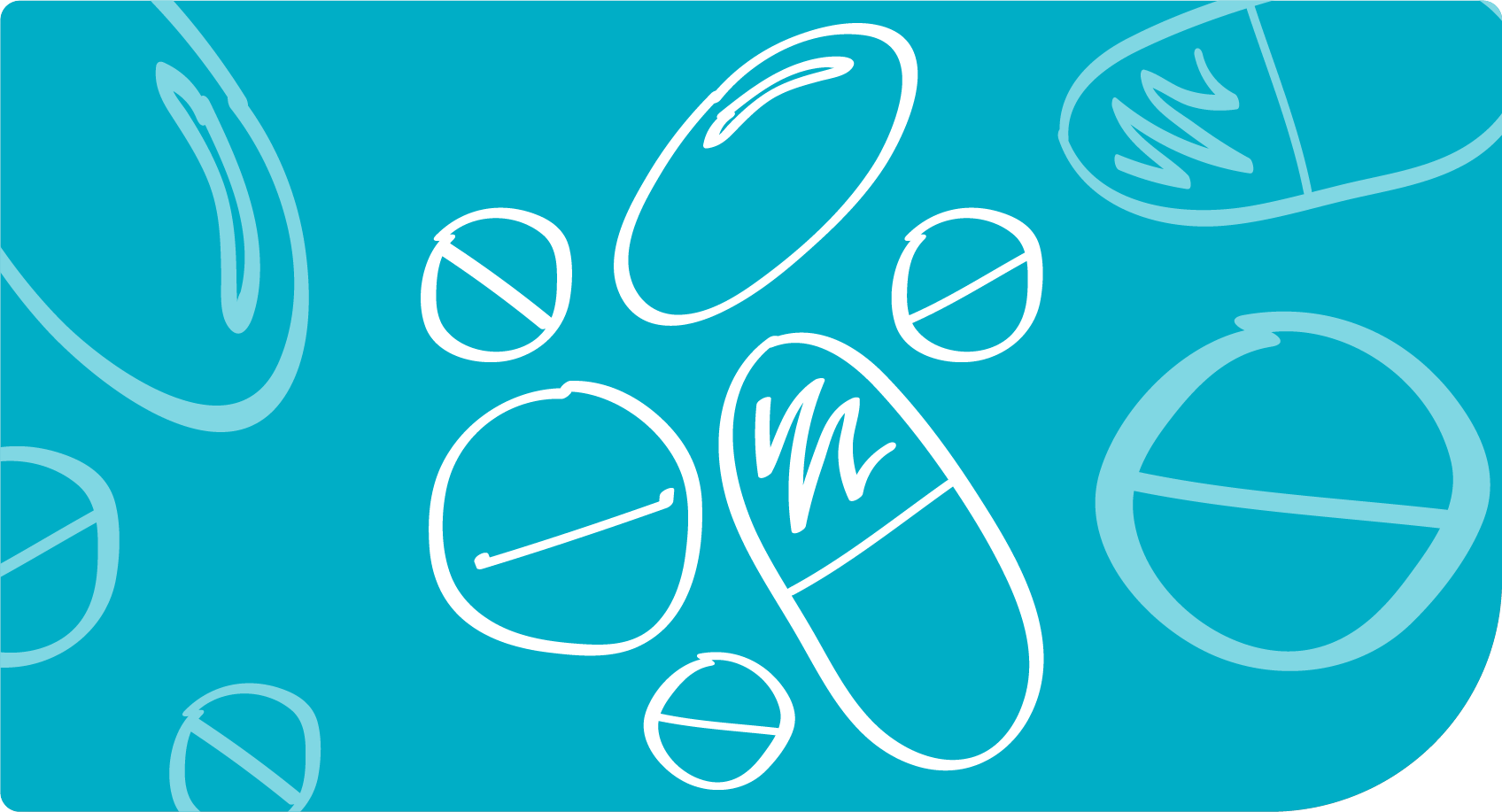The difference between thrush and chlamydia
Uncomfortable symptoms, such as itching, unusual discharge, and discomfort during urination, can often indicate common vaginal infections like chlamydia and yeast infections.
By understanding the nuances between chlamydia and yeast infections and learning how to effectively manage these conditions, you can proactively safeguard your well-being. Our comprehensive guide will walk you through the various aspects of both conditions, including causes, symptoms, diagnosis, and treatment options. By the end, you'll have a better understanding of these infections, enabling you to make informed decisions about your health.
Understanding Chlamydia and Yeast Infections
Chlamydia and yeast infections are two distinct types of vaginal infections, each caused by different organisms and requiring unique treatment approaches.
Chlamydia is a sexually transmitted infection caused by the bacteria Chlamydia trachomatis, which is typically transmitted through sexual contact with an infected partner. The bacteria can infect the reproductive organs, including the cervix, uterus, and fallopian tubes, as well as the urethra and rectum.
On the other hand, a yeast infection, also known as thrush, is caused by an overgrowth of the Candida fungus in the vagina. The fungus is naturally present in the vagina (in fact, your entire body), but certain factors can disrupt the balance and lead to an overgrowth. These factors include hormonal changes, antibiotics, weakened immune system, uncontrolled diabetes, and poor personal hygiene.
It is important to note that while thrush can cause discomfort, it is generally not considered a serious health concern, whereas chlamydia can lead to complications if left untreated, such as pelvic inflammatory disease and infertility.
Signs and Symptoms of Chlamydia and Yeast Infections
The symptoms of chlamydia can vary, but it is common for the infection to present with no symptoms at all. This is why chlamydia is often referred to as a "silent" infection, making regular STI testing crucial for accurate diagnosis. When symptoms do occur, they may include:
- Abnormal vaginal discharge
- Pain during urination
- Abdominal pain.
- Pain during intercourse.
On the other hand, thrush commonly manifests as:
- Itching
- Irritation
- Thick, white vaginal discharge resembling cottage cheese.
- Some people may also experience pain during sexual intercourse or urination.
Remember: not all people with thrush will experience symptoms, making it crucial to seek medical advice for an accurate diagnosis.
It's important to seek medical advice for an accurate diagnosis, as the symptoms of thrush and chlamydia can overlap. A healthcare professional will be able to perform the necessary tests and provide appropriate treatment based on the specific infection.
Diagnosis and Treatment Options
Diagnosing chlamydia and yeast infections typically involves a combination of medical history assessment, physical examination, and laboratory tests. For chlamydia, healthcare providers may perform urine tests or swab samples from the cervix or urethra to detect the presence of the bacterium.
Treatment typically involves a course of antibiotics prescribed by a healthcare professional. It's important to complete the full course of treatment and to inform sexual partners, as they may also need to be tested and treated. If left untreated, chlamydia can lead to serious complications such as pelvic inflammatory disease, infertility, and an increased risk of ectopic pregnancy.
Conversely, diagnosing thrush typically involves a physical examination and a sample of the discharge being sent to a laboratory for analysis. Once diagnosed, treatment options include antifungal medications in the form of creams, tablets, or suppositories. It's important to complete the full course of treatment to ensure the infection is fully cleared and to prevent recurrence.
The Link Between Chlamydia, Yeast Infections, and Sexual Health
Understanding the interconnectedness between chlamydia, yeast infections, and sexual health is vital for comprehensive care and management. Both chlamydia and yeast infections can impact sexual health and overall wellbeing, potentially leading to discomfort, complications, and implications for fertility.
Addressing these infections promptly and effectively is essential for maintaining optimal sexual health and preventing potential long-term consequences. Open and honest communication with healthcare providers and sexual partners can facilitate early detection, treatment, and support for individuals affected by these conditions.
Common Misconceptions and Myths About Chlamydia and Yeast Infections
Myths and misconceptions surrounding chlamydia and yeast infections can perpetuate stigma and misinformation, hindering individuals from seeking proper care and support. One common myth is that only individuals who engage in high-risk sexual behaviours can contract chlamydia, disregarding the fact that anyone who is sexually active can be susceptible to the infection.
Similarly, misconceptions about yeast infections being an STI or solely caused by poor hygiene overlook the multifaceted factors contributing to these fungal overgrowths. Dispelling these myths and promoting accurate information is crucial for destigmatizing these common infections and encouraging proactive management.
How to prevent Thrush and Chlamydia
Preventing thrush and chlamydia involves practising safe sex and maintaining good personal hygiene. Here are some tips to reduce the risk of infection:
- Use condoms correctly and consistently during sexual activity to reduce the risk of chlamydia and other sexually transmitted infections.
- Avoid douching, as it can disrupt the natural balance of bacteria in the vagina and increase the risk of thrush.
- Wear organic cotton underwear and avoid tight-fitting clothing, as this can create a warm and moist environment that promotes the growth of yeast.
- Practise good personal hygiene, including washing the genital area with mild soap and water and wiping from front to back after using the toilet.
- Avoid using scented products in the genital area, as they can irritate the delicate tissues and increase the risk of infection. This includes soaps, shower gels and even your period care.
By following these preventive measures and seeking prompt medical attention if symptoms arise, you can reduce the risk of developing thrush or chlamydia and protect your sexual and reproductive health.
Seeking Professional Help: When to Visit a Doctor
Knowing when to seek professional help is crucial for effectively managing chlamydia and yeast infections. If you experience unusual symptoms, such as persistent vaginal discharge, burning during urination, or discomfort during sexual activity, it is essential to consult a healthcare provider promptly.
Additionally, if you suspect exposure to chlamydia or have concerns about yeast infections, seeking timely medical evaluation can facilitate accurate diagnosis and tailored treatment. Early intervention can prevent potential complications and promote swift resolution of these infections, minimising their impact on your health and wellbeing.
Conclusion
In conclusion, understanding the difference between thrush and chlamydia is crucial for accurate diagnosis and appropriate treatment. Thrush is a yeast infection caused by an overgrowth of the Candida fungus, while chlamydia is a sexually transmitted infection caused by the bacteria Chlamydia trachomatis. While the symptoms of both infections can overlap, there are key differences in their causes, symptoms, and potential complications. Seeking medical advice and getting tested is important for an accurate diagnosis and appropriate treatment. By practising safe sex and maintaining good personal hygiene, you can reduce the risk of developing thrush or chlamydia and protect your sexual and reproductive health. Stay informed, take preventive measures, and prioritise your overall well-being.
If you have any further questions about thrush or chlamydia, drop us a message at support@andsisters.com

